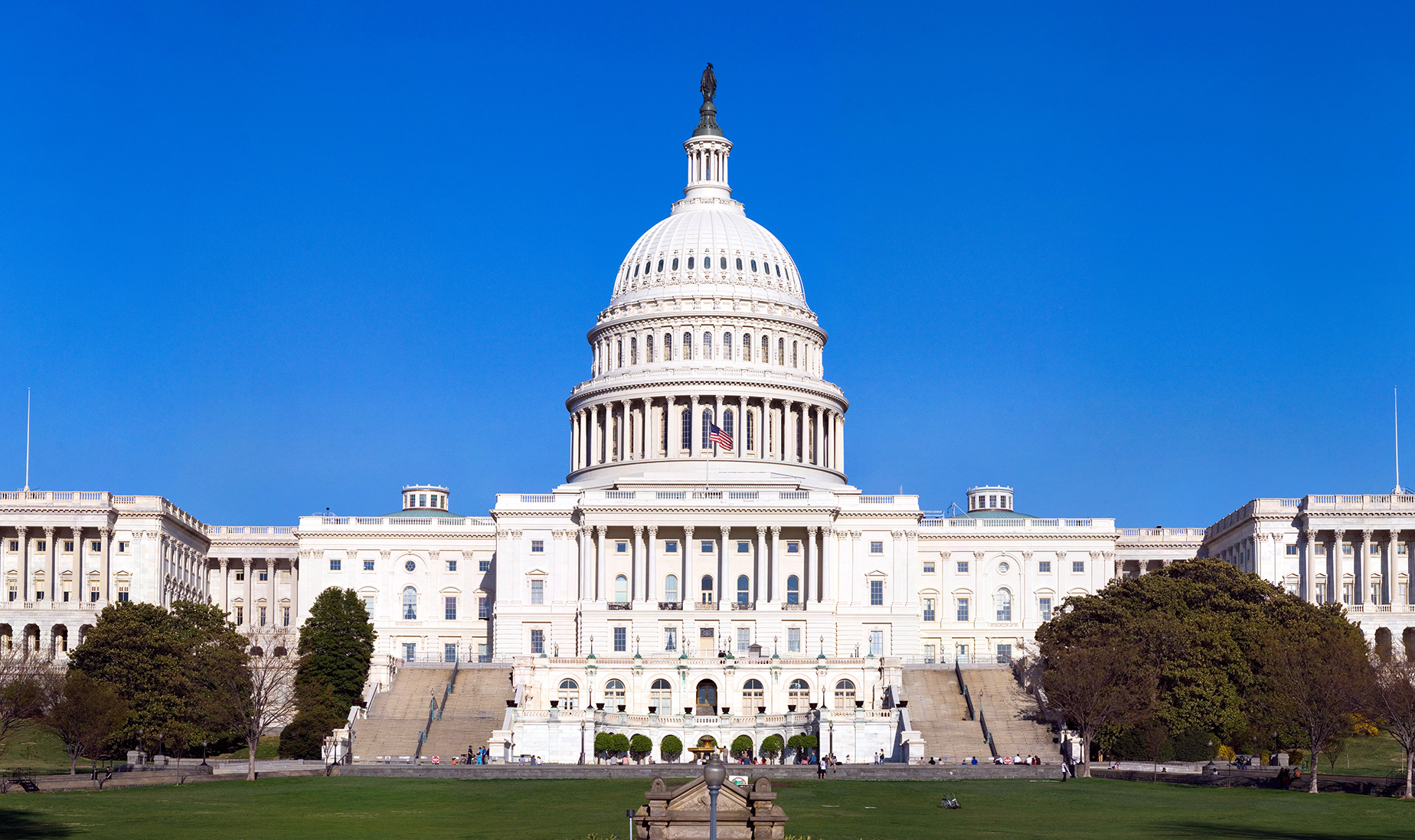In his 1996 State of the Union Address, President Bill Clinton confronted the problem of how the United States could continue making economic opportunities available to all Americans in the midst of a growing world economy with rapidly changing technology and robust competition from abroad. Many on the left had called for government to expand its role in the economy and to provide jobs and protection for Americans who felt that opportunities were bypassing them. In a masterstroke of political re-branding, Clinton instead announced that “big government does not have all the answers” and that “the era of big government is over.”1
The now-famous speech sparked an interesting, if ultimately hollow, debate about the proper size of government. Politicians and pundits on the left alleged that Clinton took the position for purely political reasons, coming as it did in an election year when he would win a second term in office. Many on the right hailed the move at the time—only to lament the continuation of “big government” as changing world events, including 9/11 and the 2008 financial crisis, seemed to underscore the necessity of “big government” once again. Now, a decade and a half later, President Obama and Congress bicker over fiscal cliffs and debt ceilings, and federal and state politicians continue to bloat budgets, increase spending, and raise taxes. Arguments about “big government” and its ills have returned with a vengeance, but, at its root, the discussion is misguided.
The idea of “big government” has been vague and imprecise since its introduction to the English lexicon in the 1920s.2 Those who use it leave the term undefined and throw it around as a rhetorical joust, counting on what everyone who is against the idea seems to “know”—that “big government” is bad—yet no one can specify how big is too big or even what “big” means in this context.
We who wish to defend liberty need to dispense with the shibboleth of “big government.” Size is not an essential aspect of government’s propriety or impropriety. The proper measure of government concerns its function. A government—or any aspect thereof—is good or bad depending on whether it is directed toward the proper end of government: the protection of individual rights by means of banning physical force from social relationships. Insofar as size matters at all, its significance lies in whether a given government or department or program is the optimal size for the ultimate purpose of protecting rights.
To begin making this clear, consider an analogy. A doctor observes that a patient’s weight has been increasing steadily for some months. The doctor announces that either a weight-loss diet or weight-reduction surgery will be necessary. The growth, he says, must not only be stopped; it must be reversed, and the patient returned to a previous size.
Is the doctor right? . . .
You might also like
Endnotes
1. Bill Clinton, State of the Union Address, January 23, 1996, The American Presidency Project, http://www.presidency.ucsb.edu/ws/index.php?pid=53091.
2. “Big Government,” The Oxford English Dictionary, 2nd ed. (Oxford: Oxford University Press, 1989).
3. Brook Thomas, ed., Plessy v. Ferguson: A Brief History with Documents (Boston: Bedford St. Martin’s Press, 1997).
4. “Banks, African-American Owned,” in Paul Finkleman, ed., Encyclopedia of African American History, vol. 1 (New York: Oxford University Press, 2009), pp. 131–32.
5. Paul C. Light, True Size of Government (Washington, DC: Brookings Institution Press, 1999).
6. Sam Pelzman, “The Growth of Government,” The Journal of Law and Economics, vol. 23, no. 2, October 1980, pp. 209–87.
7. “Study of the Sarbanes-Oxley Act of 2002 Section 404 Internal Control over Financial Reporting Requirements,” Office of Economic Analysis, United States Securities and Exchange Commission, September 2009, http://www.sec.gov/news/studies/2009/sox-404_study.pdf.














